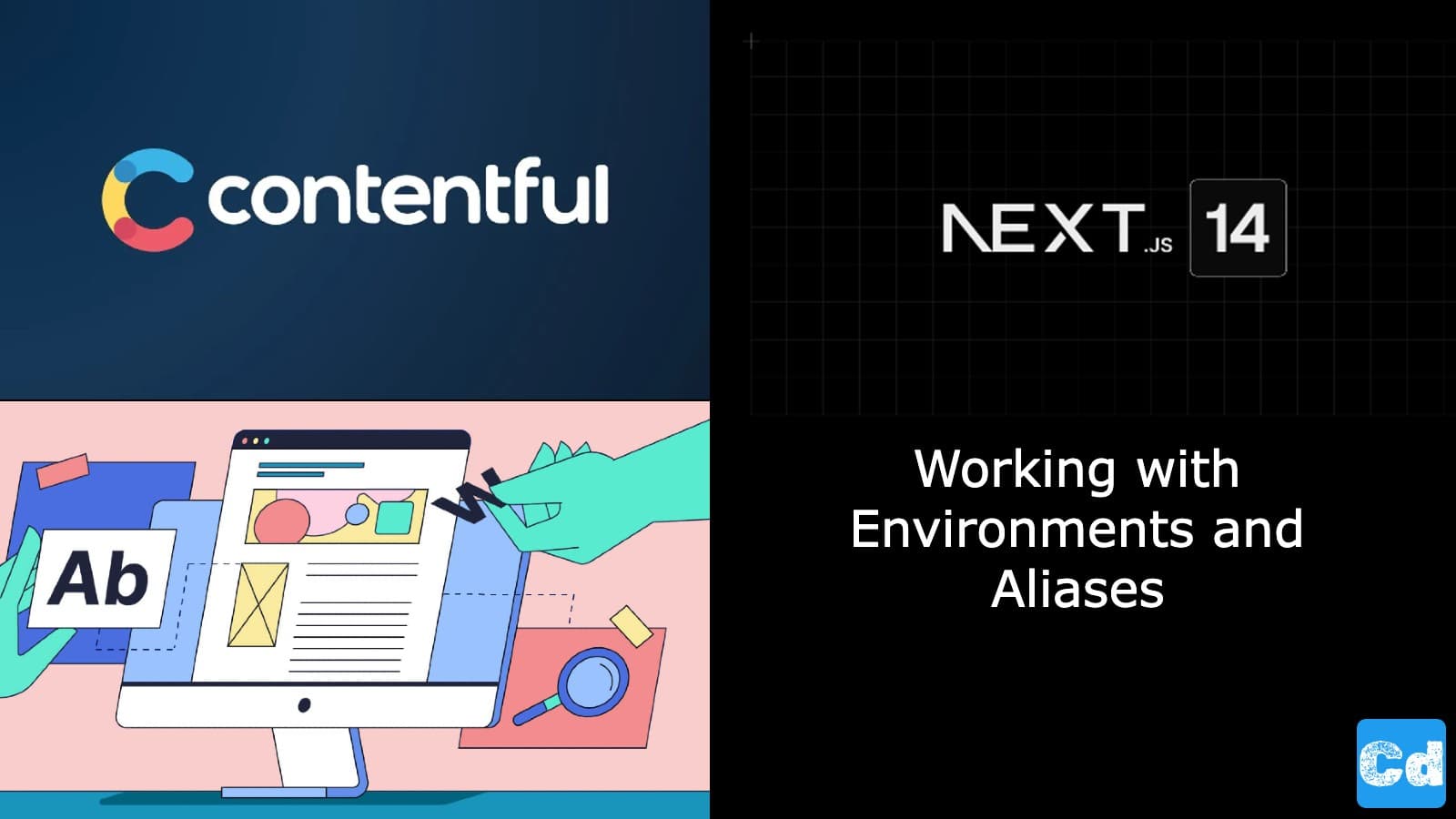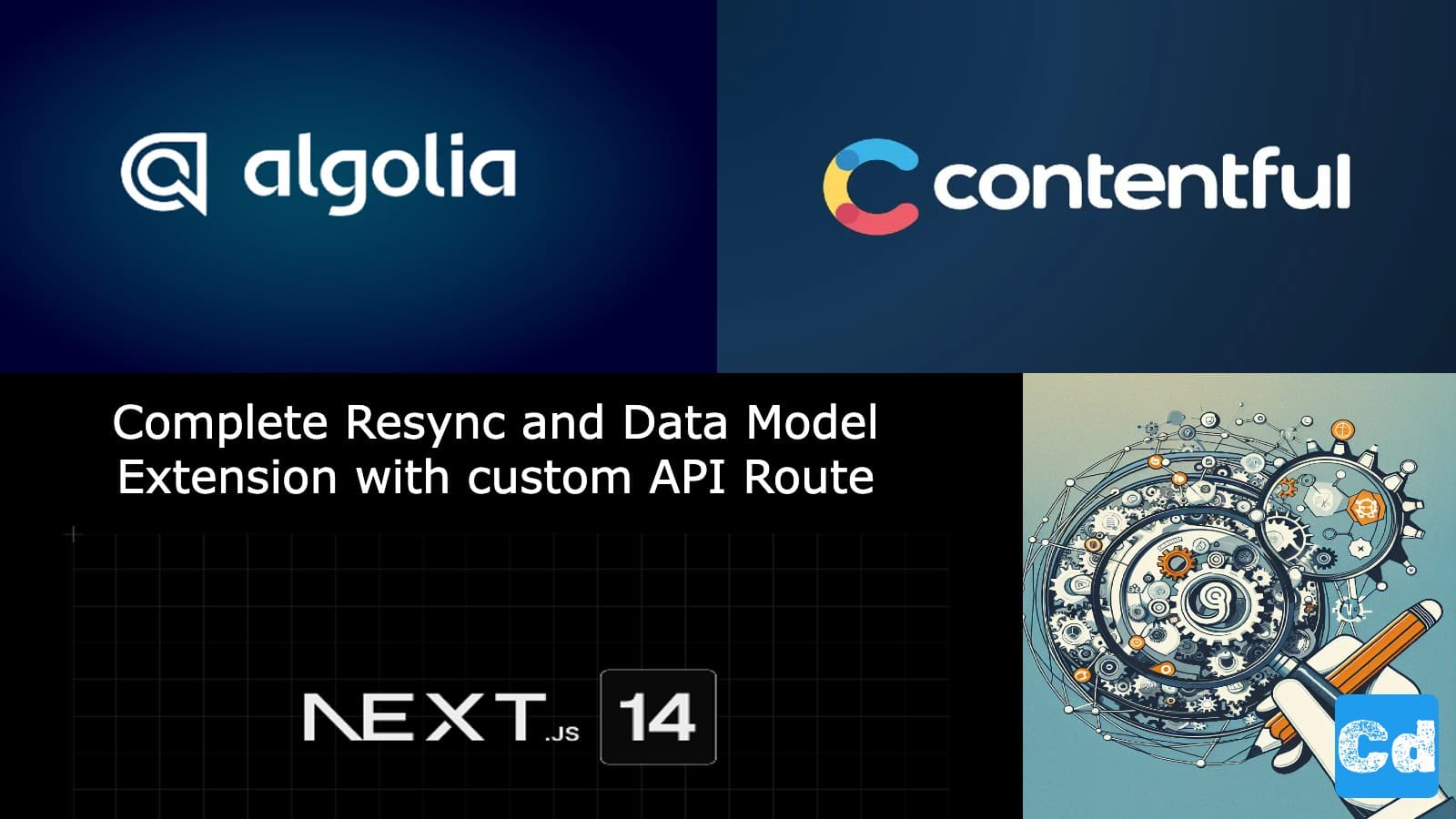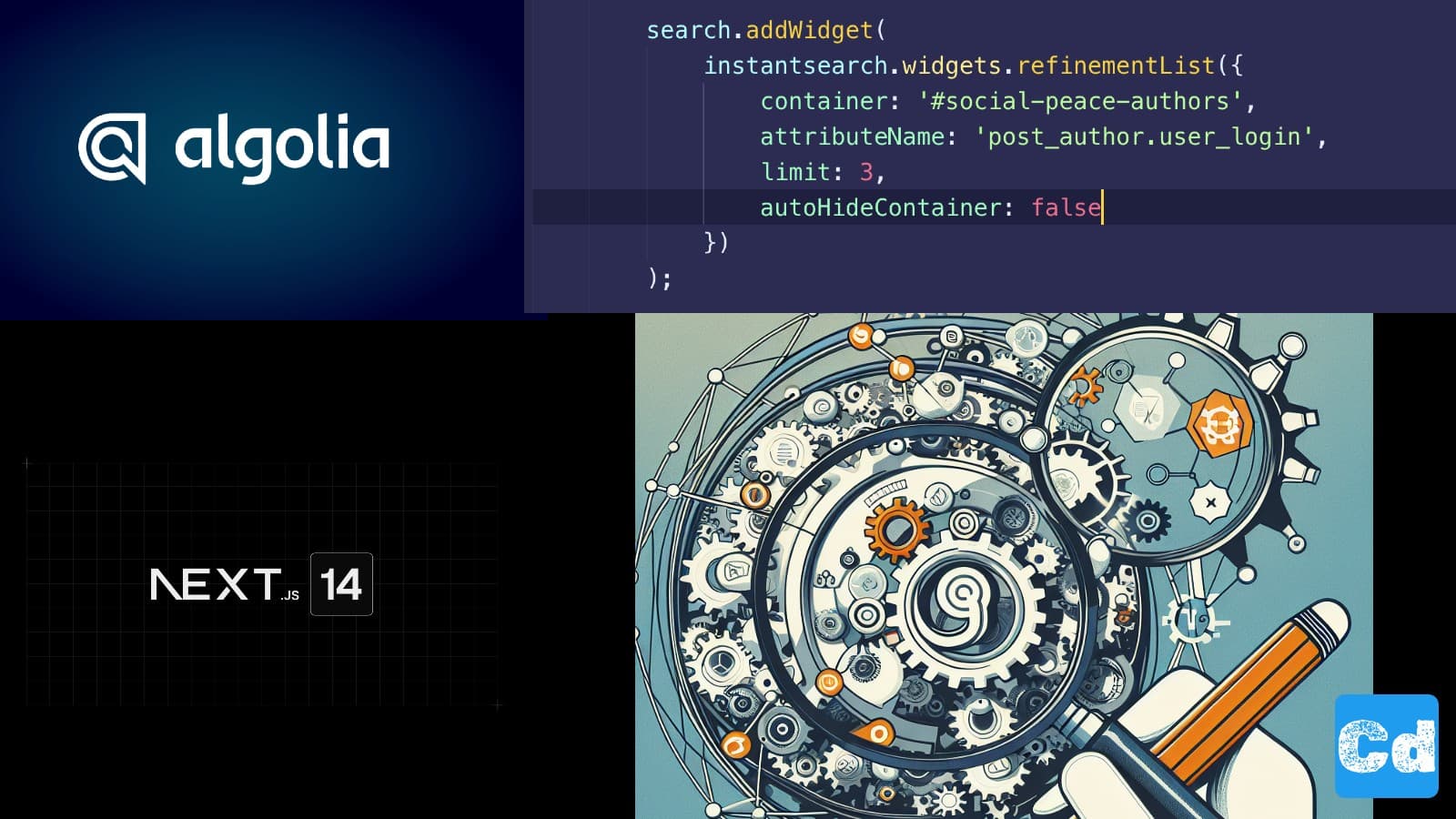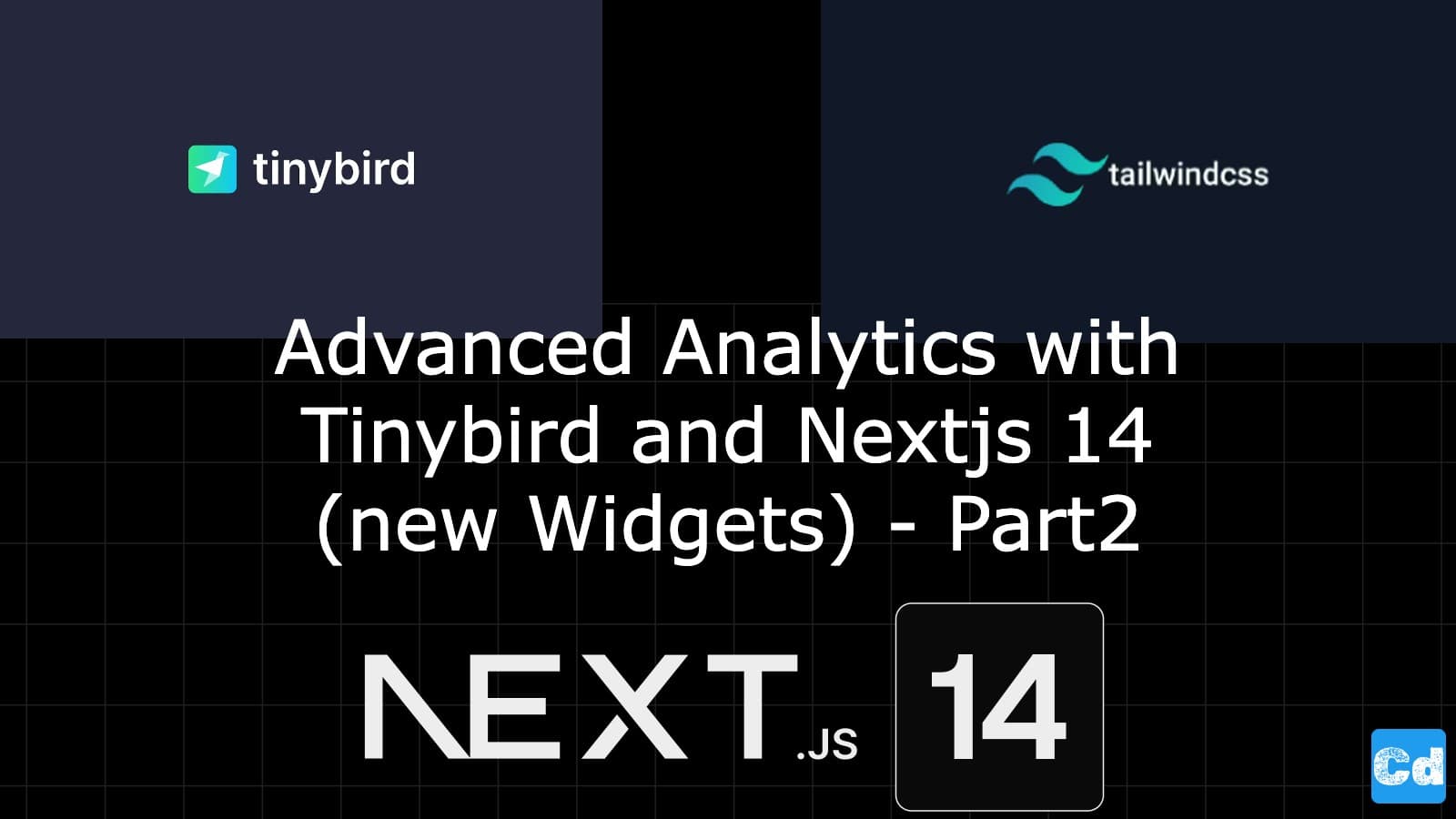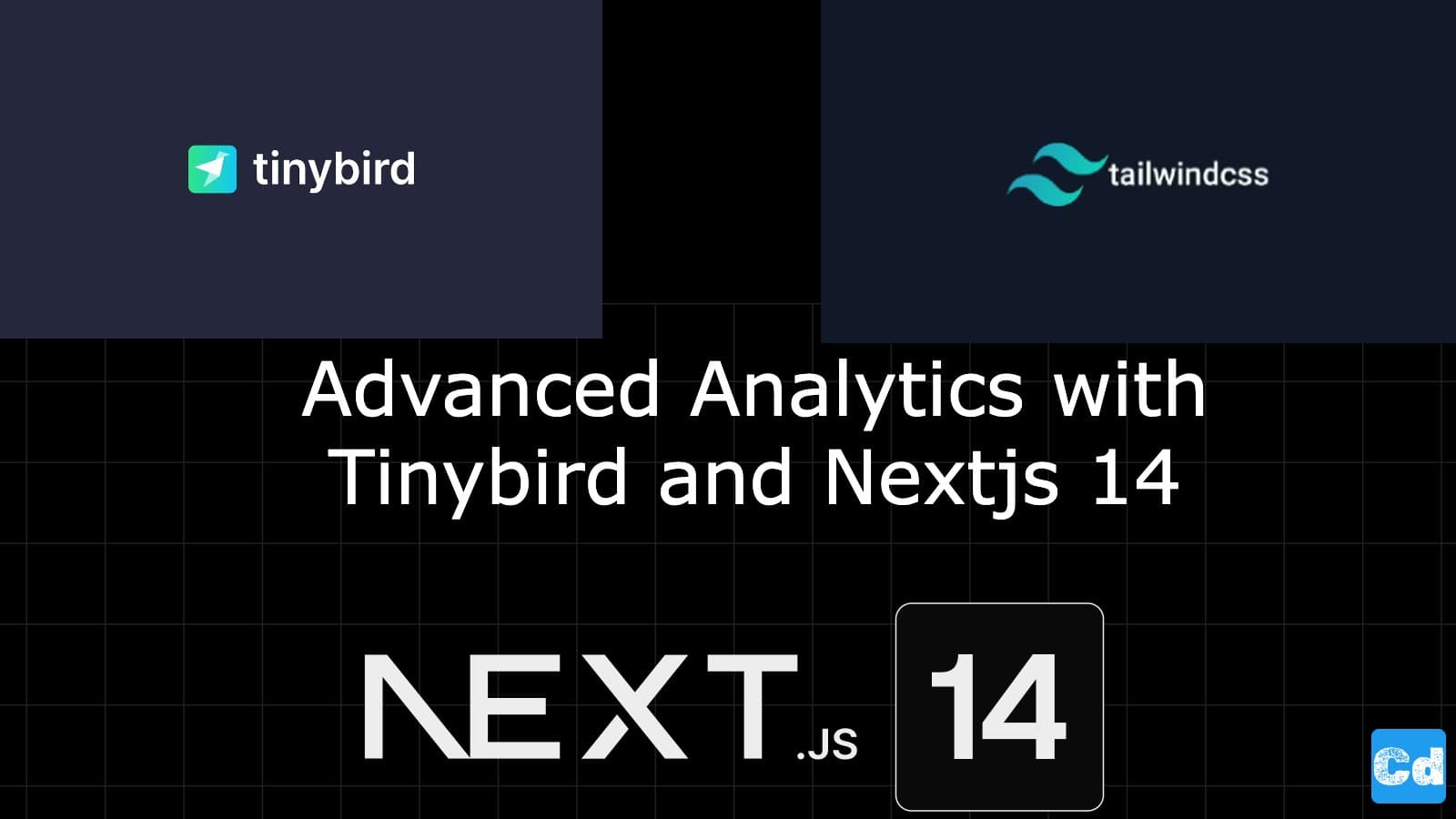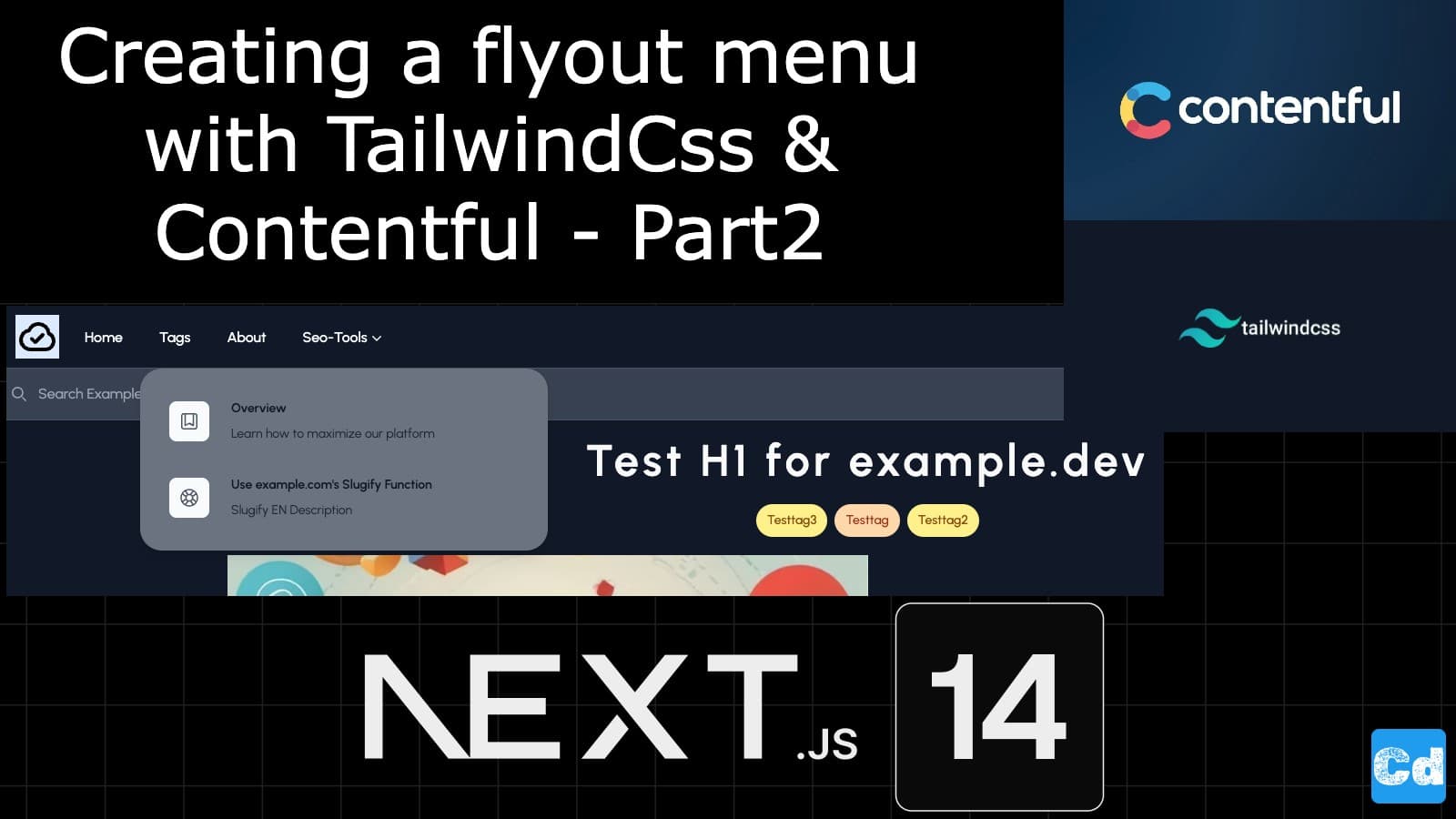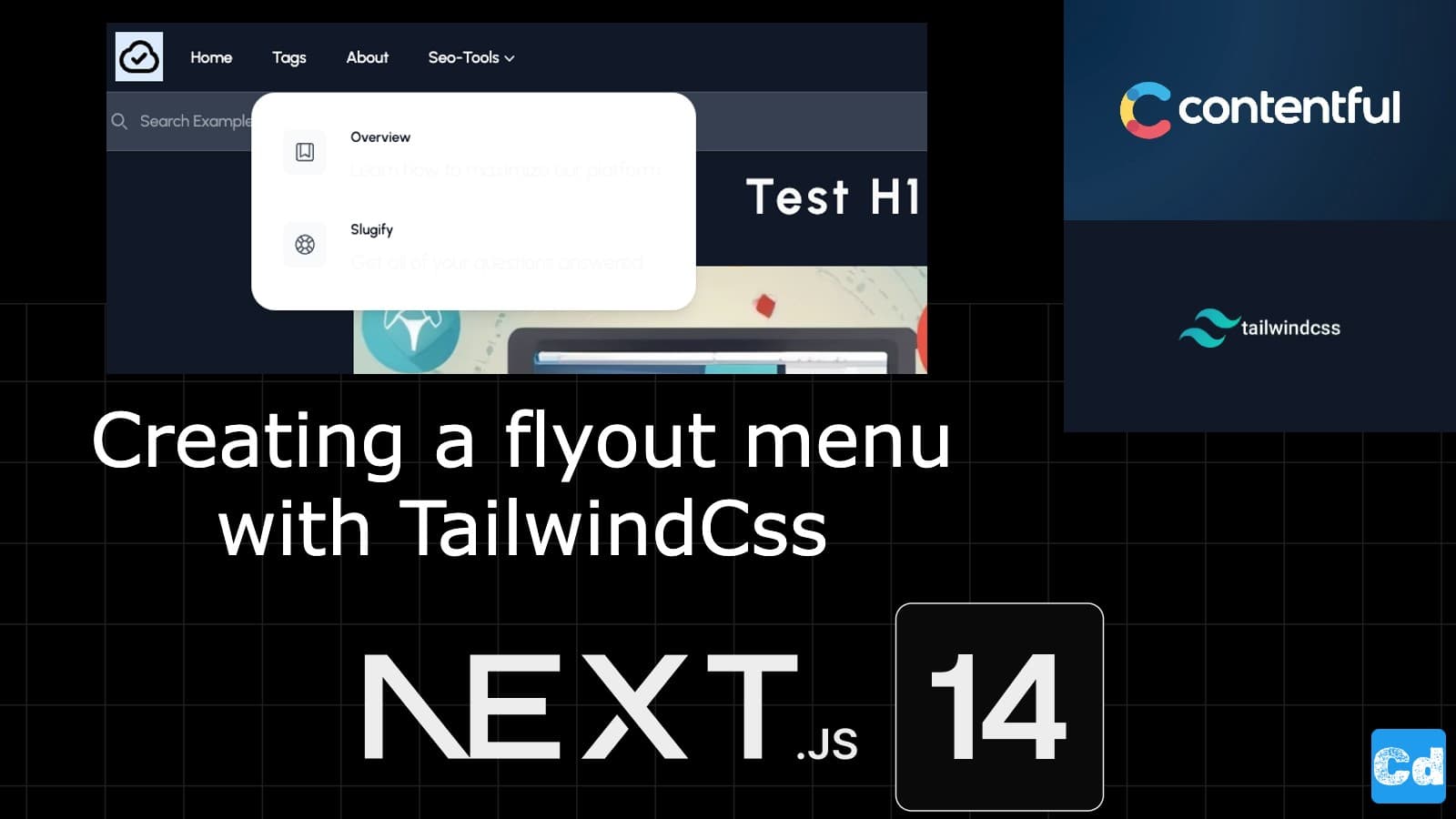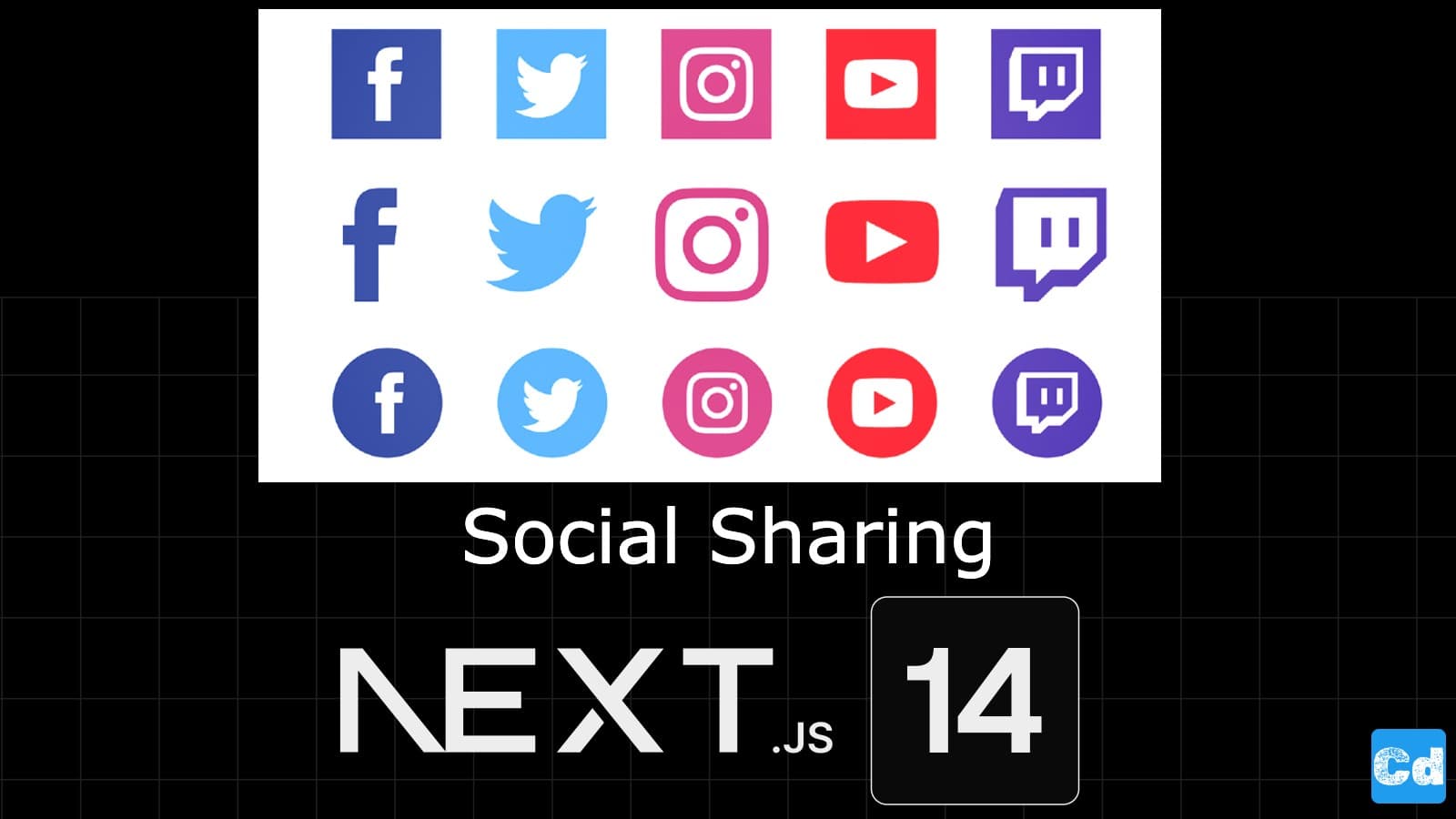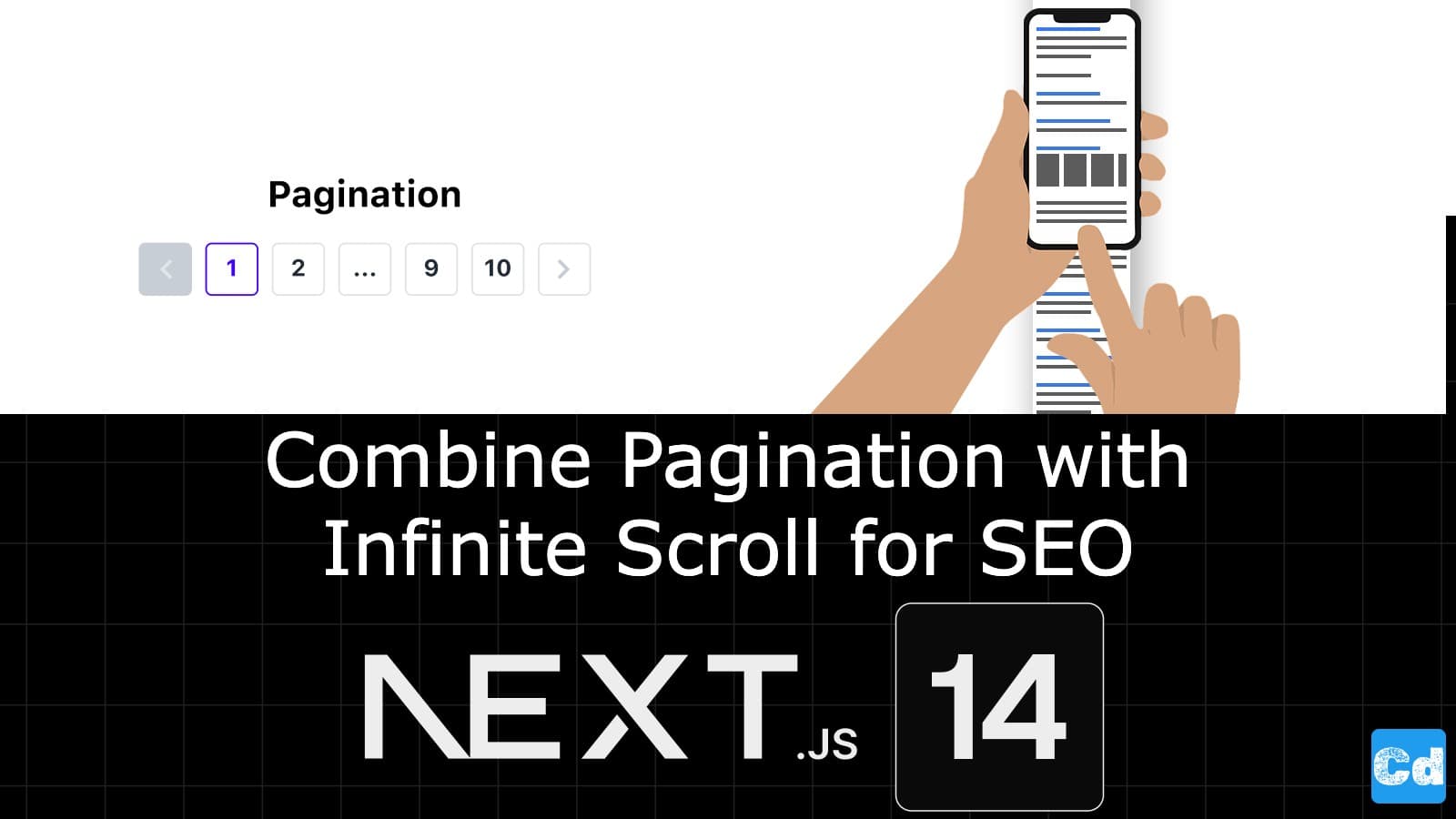Developed by Facebook
Developed by Facebook in 2012 and open-sourced in 2015, it provides a more efficient, powerful, and flexible alternative to the traditional REST API. GraphQL allows clients to request exactly what they need, nothing more, nothing less, making it possible to fetch all the required data in a single request, rather than making multiple roundtrips as is common with REST. This efficiency translates to improved performance and less bandwidth usage.
GraphQL uses a type system to describe the data
At its core, GraphQL uses a type system to describe the data in an API. This schema serves as a contract between the client and the server, detailing the capabilities of the API. It allows for precise queries, mutations (to modify data), and subscriptions (to subscribe to real-time data updates).
Aggregate data from multiple sources
One of the key features of GraphQL is its ability to aggregate data from multiple sources, which can simplify the process of developing complex applications. It allows developers to describe the structure of the data required on the client side and the server then resolves these queries, ensuring that the client gets exactly what it asked for. This approach not only makes fetching data more efficient but also significantly enhances the developer experience by providing a clear understanding of the data model and reducing the amount of data transferred over the network.
Here are I list three famous headless CMS systems that use GraphQL:
1. Strapi is an open-source headless CMS with a built-in GraphQL plugin. It allows you to create custom APIs with GraphQL and has a user-friendly admin panel. Strapi supports REST and GraphQL APIs, allowing developers to choose the best option for their needs.
2. Hygraph is a headless CMS specifically designed with GraphQL in mind. It offers a powerful content API built entirely on GraphQL, making it a strong choice for developers who prefer using GraphQL for querying content. It provides an intuitive interface for content creators and robust API for developers.
3. Contentful is a popular headless CMS that recently introduced GraphQL support. It provides a content infrastructure that allows you to create, manage, and distribute content across any digital platform. The GraphQL API offered by Contentful allows developers to fetch content more efficiently and flexiblely than traditional REST APIs.
